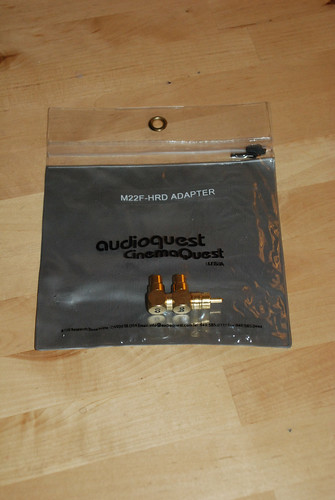
Those of you who follow my adventures know that I can fly to wherever there’s a communications emergency. Regular folks need a plane—but what do private pilots need? They need two-way radios, of course!
A recent story on TodaysWirelessWorld.com explained how many private pilots wouldn’t consider taking to the air without a backup radio. “Imagine what happens if an airplane’s primary radio fails in flight,” the story says. “You’re thousands of feet in the air, at the controls of an expensive aircraft with no ability to monitor weather and emergency channels or communicate with control towers, ground crews, and other pilots. Getting down safely suddenly becomes more theoretical than a sure thing.”
The story goes on to review some key considerations for a pilot using a handheld aircraft radio as a backup:
1. Mind your power supply. “While rechargeable Lithium-Ion batteries usually have the longest battery life, you really want a rechargeable battery that will hold a charge for a very long time. Standard rechargeable batteries lose their charge quickly, but ‘low-discharge’ batteries can hold up to 70% of their charge for years on end.”
2. Get yourself trained. “On the ground, walk through all the steps for getting your backup radio up and running, including finding proper frequencies for nearby control towers. Also be sure to practice using your handheld in flight. Having the whole radio in your hand while working the plane’s controls is a bit more complicated than talking into a mic.”
3. Save your most-used frequencies. “Every The radio manufacturer has its own way of saving most-used frequencies. Sometimes you’ll have to break out your user manual to figure out how to program and recall saved channels. Be sure to add the process for recalling saved channels to your drilling and training.”
That’s good advice for pilots and everyone else who needs to keep a two-radio handy in case of an emergency. Radios are useful and versatile tools, but it’s up to us to make sure they’re ready to help us when we need it.
– See more at: http://blog.bearcom.com/2013/11/private-pilots-shouldnt-take-off-without-a-backup-radio/#sthash.c2NuCMV7.dpuf
See more at: http://blog.bearcom.com/2013/11/private-pilots-shouldnt-take-off-without-a-backup-radio/#sthash.c2NuCMV7.dpuf

 hey! found this website and had to share with most of you, hope you enjoy it
hey! found this website and had to share with most of you, hope you enjoy it